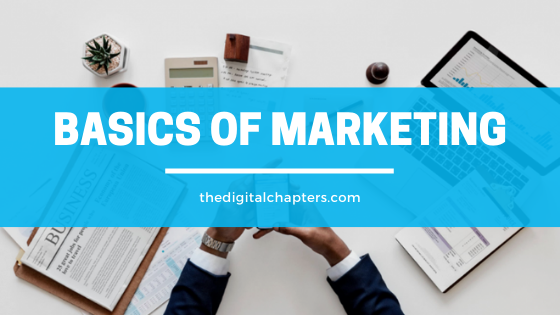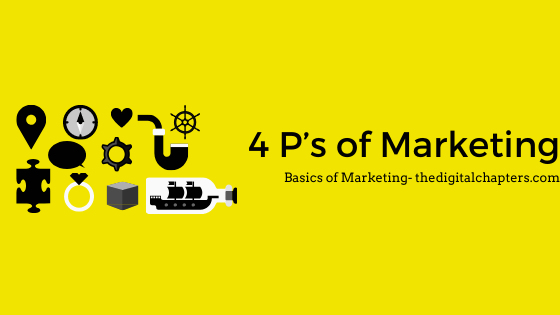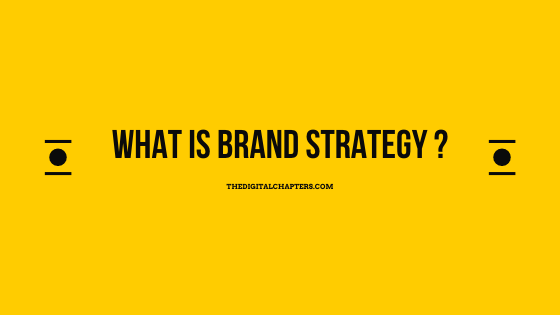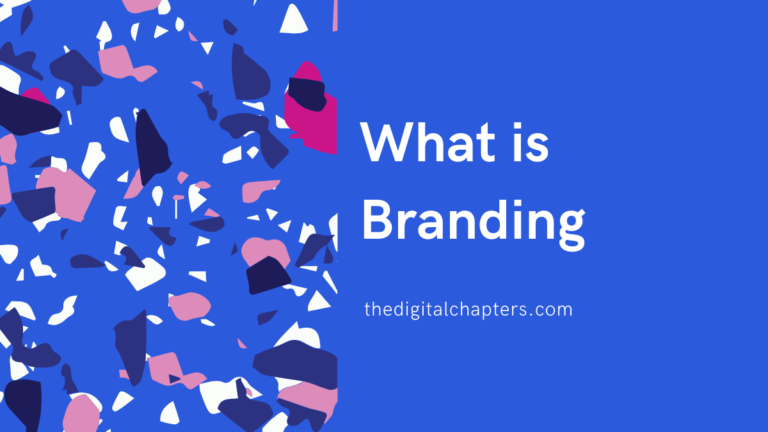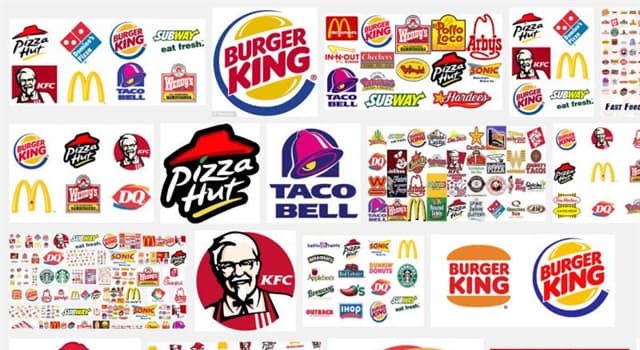Marketing for Beginners: The 4ps of marketing explain
What is Marketing ? this is first question arises in Marketing Beginners mind. When you start learning the Marketing Basics, you are expected understand the meaning of Marketing. So, What are the Marketing Basics and What are the 4p’s of Marketing.
I am going to explain you everything about marketing for beginners by this blog.
Table of Content
- What is Marketing
- Importance of Marketing
- Marketing and Advertisement
- Marketing, Promotion, and Branding
- Types of Marketing
- Influencer Marketing
- Relationship Marketing:
- Viral marketing:
- Green Marketing
- Keyword Marketing
- Guerrilla Marketing
- 4 P’s of Marketing
- Product
- Price
- Place
- Promotion
What is Marketing?
Marketing is an action that businesses take to promote their product and services.
This is a process where businesses create a set of activities to attract their potentials customers or clients to their product and services.
Shelby Hunt defined it in 1976 as
“the study and management of exchange relationships” in the Journal of Marketing.
The American Marketing Association, in 2017, defined marketing as
“the activity, set of institutions, and processes for creating, communicating, delivering, and exchanging offerings that have value for customers, clients, partners, and society at large.”
As we can see, this a very broad definition that encompasses a lot of areas to focus on.
To understand marketing, we must break down the definition and look at it in parts. The first part of the definition – “the activity, set of institutions and processes” refers to activities such as advertising and institutions like corporations and their brands.
The American Marketing Association defines a brand as
“a name, term, design, symbol or any other feature that identifies one seller’s good or service as distinct from those of other sellers.”
These brands utilize processes and activities for “creating, communicating, delivering and exchanging” goods and/or services that are designed specifically to be of great value to the consumer in question.
The last part of the definition refers to how marketing and its principles apply not only in business or economic contexts but to general societal situations as well.
In a more practical sense, marketing can be referred to as a means of acquiring and applying the knowledge of consumer patterns, preferences and needs to maximize the satisfaction of the consumer and increase the outreach and efficiency of advertisement strategies and promotional campaigns.
It is the process of identifying, anticipating and satisfying customers’ needs and wants.
Marketing techniques and processes are the way through which manufacturers obtain data about consumer behavior and patterns of spending, as well as other data such as age and race demographics.
The data is compiled and analyzed to anticipate consumer behavior and provide an insight into the mind of a consumer. Through this research, a company understands the needs and wants of a consumer, which allows them to predict the value a consumer derives from a good or service with greater accuracy.
This allows the company to establish a long-standing relationship with the consumer that is beneficial to both parties.
Importance of Marketing
Therefore, marketing plays a very important role in contributing to a company’s sales, revenue and profit margins.
From deciding what product to manufacture, to how it will be delivered to the consumer and through which channels, all the answers to these questions involve marketing heavily.
The data is then used as the basis for promotional strategies adopted by companies, as well as advertising campaigns launched by them.
Apart from making up a huge and crucial component of sales and advertisement, marketing plays an important role in other areas of a company.
Not only does it impact a company’s manufacturing and sales policies, but marketing is also responsible for how a company is perceived by its consumers and society at large.
The overall image of a company and the creation of its brand identity is something that is handled by the marketing department and can play a huge role in a company’s fortunes.
For example – The perception of Apple being an ‘elite’ brand allows them to retain a large market percentage despite facing stiff competition from rivals that sell at lower prices.
Marketing covers product development, market research, advertisement campaigns, product distribution, sales strategy, public relations, and customer support.
It remains necessary in all the stages of a sale, and it can be used in multiple ways such as various social media platforms, or teams of people identifying consumer behavior and acting on it to establish a long-standing relationship with the consumer and maximize brand loyalty.
Advertising comes under the process of marketing.
The Economic Times defines advertising as
“a means of communication with the users of a product or service.”
The UK Advertising association defines it as such
“Advertisements are messages paid for by those who send them and are intended to inform or influence people who receive them.”
Advertising is a means of grabbing a consumer’s attention and making them aware of a certain good or service and its benefits, usually through platforms where the seller is paying to make the consumer aware of the good or service.
The decision of what good or service to advertise, where to advertise it, and how are all decided by the processes of marketing to maximize the effectiveness of the advertisements.
Marketing and Advertisement
Marketing is the main reason that we see the advertisements we do, and where we see them.
This is so because marketing processes allow companies to gauge or predict what kind of products consumers prefer, and thus allows them to start building a relationship with the consumer.
Promotion strategies are decided on the data that the tools of marketing help us in collecting.
For example, a company wanting to market a good/service for older people would advertise on platforms such as LinkedIn or Facebook, whereas a company looking to market a good to a younger audience would advertise on platforms such as Twitter or Snapchat.
This is because we know that the demographic of users on Facebook and LinkedIn is that of older people whereas the user demographic of platforms such as Twitter and Snapchat leans toward younger people. This data is available to us due to market research done by fellow researchers.
Marketing, Promotion, and Branding

Any feature of a company which it uses to distinguish itself from another company providing the same or similar goods/services is known as its brand.
For example, the four colored squares synonymous with Microsoft, or the three stripes we all have come to associate with Adidas.
Brands often align themselves with a certain demographic to maximize profits and the decision of which demographic to align with is one taken by marketing professionals.
The portrayal of Red Bull as being a brand for adventure thirsty people is crucial to the company, with it investing millions of dollars in ventures such as Formula1 and other obscure sports, which directly do not contribute to sales but help in increasing Red Bull’s reputation as THE drink for people seeking a thrill.
This has worked well for the company, as it has a dominant percentage of the energy drink market share. The functions of marketing allow for a company to maximize its profits on a good/service by targeting and aligning with a particular demographic through specifically designed promotion campaigns.
Types of Marketing
Business marketing is the practice of marketing goods or services to individuals or corporations, including the public and private sector, when they are not to be the final consumer.
This type of marketing is referred to as business-to-business or B2B for short.
According to the American Marketing Association, the various types of marketing that exist are :
Influencer Marketing:
It focuses on leveraging individuals who influence potential consumers. Rather than marketing directly to a large group of consumers, a brand hires influencers to get the word out on their behalf.
Relationship Marketing:
It refers to strategies and tactics for segmenting consumers to build loyalty. Rather than just listing the benefits of a good/service to potential consumers, brands phrase the content in such a way that it evokes an emotional response from the consumer.
Examples would include cement being advertised as being made from the country’s soil to evoke a nationalist sentiment
Viral marketing:

It is a phenomenon that facilitates and encourages people to pass along a marketing message.
It is done through social media platforms and brands often adopt hashtags, challenges, and memes to get the word out about their good or service. This is a tactic often used in tandem with influencer marketing
Green Marketing:
It refers to the development and marketing of products that are designed to minimize negative effects on the physical environment or to improve its quality.
This tactic employs the looming threat of global warming to effectively draw the attention of potential consumers to the goods/service.
Keyword Marketing:
This involves placing a marketing message in front of users based on the specific keywords and phrases they are using to search.
A key advantage of this method is that it gives marketers the ability to reach the right people with the right message at the right time. It also can be referred to as targeted advertising, where brands show the consumer content which they have displayed an interest in earlier.
Guerrilla Marketing:
This describes an unconventional and creative marketing strategy intended to get maximum results from minimal resources.
4 P’s of Marketing
In the 1960s, E Jerome McCarthy came up with the 4 Ps of marketing: product, price, place, promotion. Essentially, these 4 Ps explain how marketing interacts with each stage of the business :
Product
A product is defined as a bundle of attributes (features, functions, benefits, and uses) capable of exchange or use; usually a mix of tangible and intangible forms.
Thus a product may be an idea, a physical entity (a good), or a service, or any combination of the three. It exists for the purpose of exchange in the satisfaction of individual and organisational goals.
The decision of outlining a target audience, looking a market fit for the good, deciding on the messages to be used to drive up revenue, modifications to be done to the good, etc are all taken by marketers on the basis of consumer data they’ve collected.
Price:
Price is the amount a customer must pay to acquire a product. The selling price of a product is decided by the company on 1 main factor – maximizing profits.
Should the company price the product too high, it will lose a big customer base and goodwill with consumers. Vice-versa, the company will suffer losses if the product is priced low.
Therefore marketers have to utilize consumer data to arrive at an acceptable price point
Place:
Place is also called distribution as refers to the act of marketing and carrying products to consumers. It is also used to describe the extent of market coverage for a given product.
Marketers have to understand what will be best for the company in terms of logistical and geographical terms.
Decisions such as having a physical store versus a website, or to market the product locally, nationally or internationally are all taken by marketers.
Promotion:
According to the Association of National Advertisers (ANA), promotion marketing includes tactics that encourage short-term purchase, influence trail and quantity of purchase, and are very measurable in volume, share, and profit. This includes tactics such as fire sales, raffles, coupons, etc.

